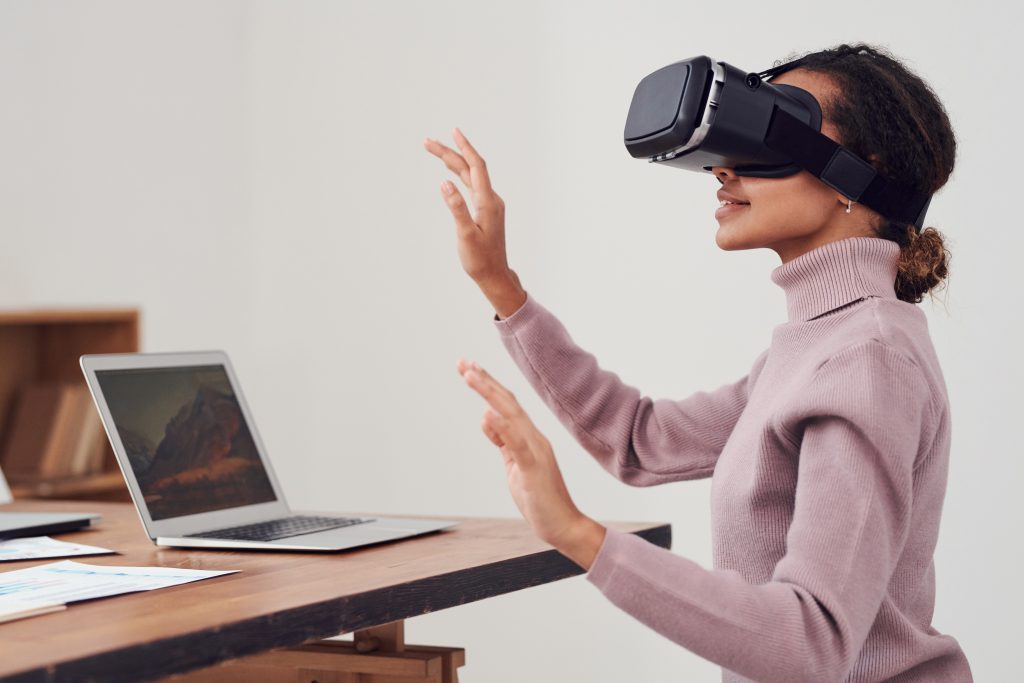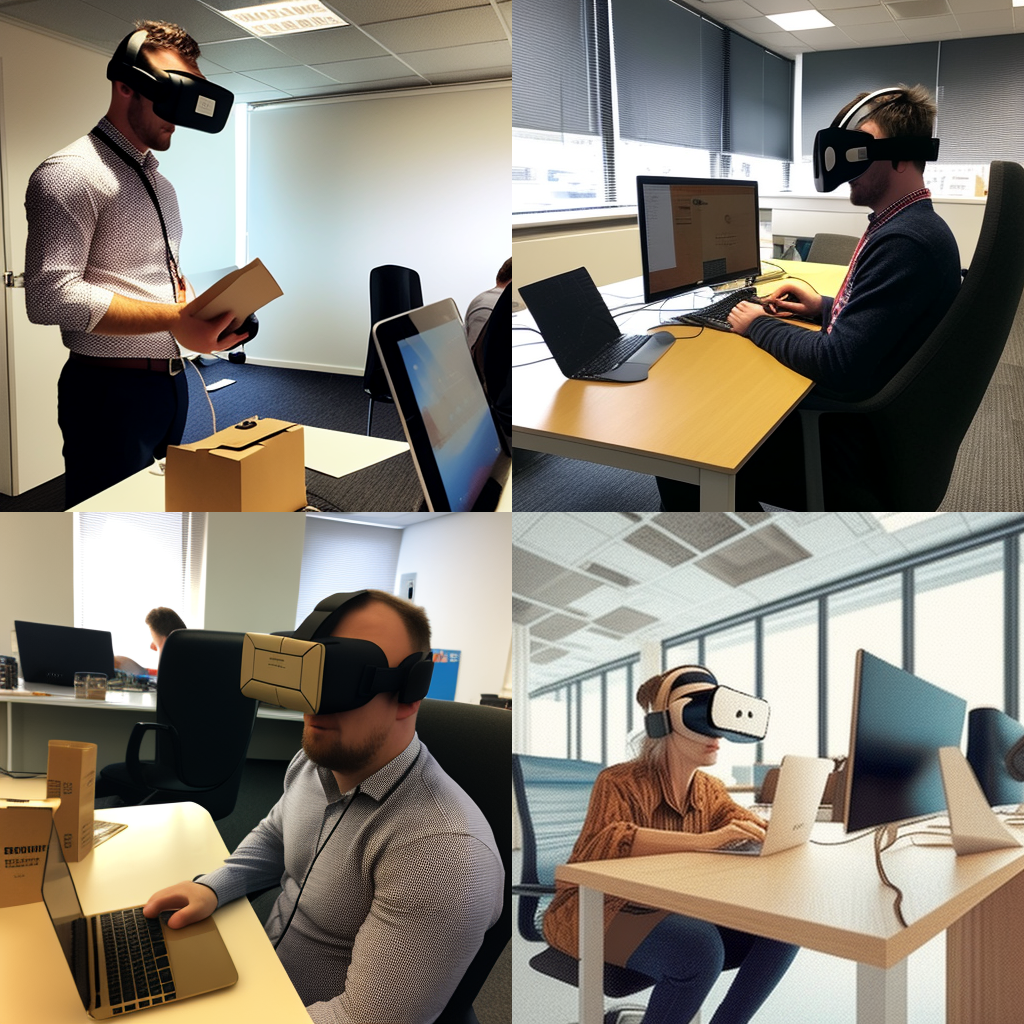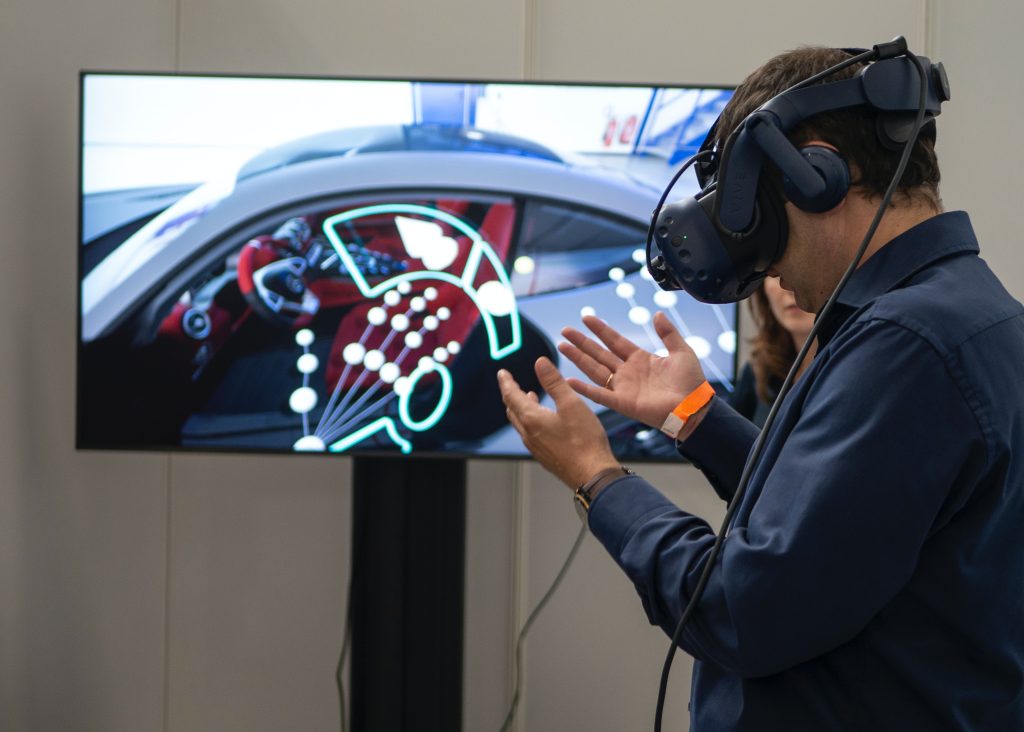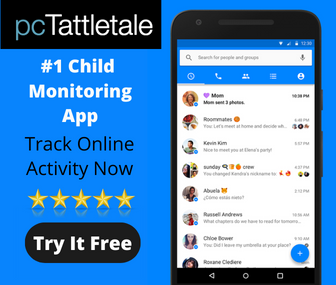Google VR, also known as Google Virtual Reality, is a cutting-edge technology that allows developers to create immersive, interactive virtual experiences. Whether you’re developing a VR game, a VR education tool, or a VR simulation, Google VR offers a wide range of tools and resources to help you bring your vision to life. In this comprehensive guide, we’ll take a closer look at the features and benefits of Google VR for developers.

VR SDK
The VR SDK (Software Development Kit) is one of the key components of Google VR. It provides developers with the tools and APIs needed to create high-quality VR apps. The VR SDK includes features such as head tracking, hand tracking, and 360-degree spatial audio, all of which help to create a more immersive and engaging VR experience.
Google VR: Compatibility with VR Headsets
Google VR is compatible with a variety of VR headsets, including both standalone and PC-based VR headsets. Here are some of the VR headsets compatible with Google VR:
This is a standalone VR headset that offers high-quality VR experiences without the need for a PC. It features a high-resolution display, 6 degrees of freedom (6DoF) tracking, and a powerful processor.
Another PC-based VR headset that offers a high-end VR experience. It features a high-resolution display, room-scale tracking, and motion controllers that provide a high degree of immersion.
Also a PC-based VR headset that offers a high-quality VR experience. It features a high-resolution display, room-scale tracking, and motion controllers that provide a high degree of immersion.
As regards this VR headset, it is designed for use with the PlayStation 4 gaming console. It offers a high-quality VR experience and is compatible with a wide range of games.
Finally, this is a high-end PC-based VR headset that offers a premium VR experience. It features a high-resolution display, motion controllers, and an advanced tracking system that provides a high degree of immersion.
These are just a few of the VR headsets that are compatible with Google VR. By offering compatibility with a wide range of VR headsets, Google VR makes it easier for developers to reach a wider audience and expand their VR app to multiple platforms.


Pros and cons of each of the mentioned vr headsets compatible with Google VR
Oculus Quest 2:
Pros:
Standalone VR headset, no need for a PC
High-resolution display
6 degrees of freedom (6DoF) tracking
Portable and easy to use
Affordable compared to high-end VR headsets
Cons:
Limited processing power compared to PC-based VR headsets
Limited content compared to PC-based VR headsets
HTC Vive:
Pros:
High-end VR experience
High-resolution display
Room-scale tracking
Motion controllers provide high degree of immersion
Cons:
Requires a powerful PC to run
Higher cost compared to standalone VR headsets
Complex setup process
Oculus Rift S:
Pros:
High-quality VR experience
High-resolution display
Room-scale tracking
Motion controllers provide high degree of immersion
Cons:
Requires a powerful PC to run
Higher cost compared to standalone VR headsets
Complex setup process
PlayStation VR:
Pros:
Affordable compared to high-end VR headsets
Compatible with a wide range of games
Easy to use with PlayStation 4 gaming console
Cons:
Limited processing power compared to PC-based VR headsets
Limited content compared to PC-based VR headsets
Requires a PlayStation 4 gaming console
Valve Index:
Pros:
High-end VR experience
High-resolution display
Motion controllers
Advanced tracking system provides high degree of immersion
Cons:
Higher cost compared to other VR headsets
Requires a powerful PC to run
Complex setup process
Each VR headset has its own set of pros and cons, and the best VR headset for you will depend on your specific needs and budget. When choosing a VR headset, it’s important to consider factors such as compatibility with Google VR, cost, resolution, tracking capabilities, and degree of immersion.

How to evaluate and choose the best vr headset for Google VR
Choosing the best VR headset can be a challenging task, as there are many factors to consider and several different VR headset options available. Here are some steps to help you evaluate and choose the best VR headset for your needs:
First, determine Your Budget: VR headsets range in price from around $100 to $1,000 or more, so it’s important to determine your budget before making a purchase.
Then, consider the Type of VR Experience You Want: VR headsets can be divided into two main categories: standalone VR headsets and PC-based VR headsets. Standalone VR headsets are self-contained and do not require a PC to run, while PC-based VR headsets require a PC to run and typically offer a higher-end VR experience.
After that, evaluate the Display and Resolution: A high-resolution display is important for a quality VR experience, as it helps to reduce screen door effect and makes the VR environment more immersive.
Also, consider the Tracking Capabilities: VR headsets can vary in the degree of tracking they offer, from basic 3 degrees of freedom (3DoF) tracking to advanced 6 degrees of freedom (6DoF) tracking. The more degrees of freedom offered, the more immersive the VR experience.
You also have to evaluate the Motion Controllers: Motion controllers can greatly enhance the VR experience by allowing you to interact with the virtual environment in a more natural way. Consider the type of motion controllers offered by the VR headset, as well as the degree of immersion they provide.
Don´t forget to check Compatibility with Google VR: If you plan to develop VR apps for Google VR, it’s important to choose a VR headset that is compatible with Google VR.
Finally, try Before You Buy: If possible, try out different VR headsets in person to get a feel for the level of immersion and overall VR experience offered by each headset.
By taking these steps and considering your specific needs and budget, you should be able to choose the best VR headset for you. Remember to also consider factors such as ease of use, comfort, and overall VR experience when making your decision.
Resources and Tools for Google VR
In addition to the VR SDK, Google VR also offers a range of other resources and tools to help developers create and publish their VR apps. This includes the VR Developer Console, which provides access to analytics, user feedback, and other key metrics, and the VR Store, where developers can publish and distribute their VR apps to users. The VR Developer Console and VR Store also make it easier for developers to manage their VR app, track its performance, and receive feedback from users.

Steps necessary to develop an vr app
Developing a VR app involves several steps, including planning, design, programming, testing, and deployment. Here’s a detailed overview of the steps involved in developing a VR app:
Plan and Define Your App Concept: Start by defining the concept for your VR app and determining its purpose and target audience. Consider the VR experiences you want to provide and what makes your app unique and appealing to users.
Conduct Market Research: Before beginning the development process, research the VR market and determine what types of VR apps are already available and what makes them successful.
Choose a Development Platform: There are several platforms available for developing VR apps, including Unity, Unreal Engine, and Google VR. Choose a platform that is compatible with your VR headset and offers the features and tools you need to develop your app.
Design Your VR Environment: Create a detailed design for your VR environment, including the layout, colors, textures, and objects. Use prototyping tools to test and refine your design before starting the development process.
Program Your App: Use the development platform and programming languages to bring your VR environment to life. Consider factors such as user experience, performance, and compatibility with your VR headset when programming your app.
Test and Debug Your App: Test your app thoroughly to ensure it works as expected and iron out any bugs or glitches. Use VR simulation tools to test and refine your app before deploying it to users.
Deploy Your App: Once your app has been tested and refined, deploy it to users through the appropriate channels, such as the app store for your VR headset.
Monitor and Update Your App: Continuously monitor your app to ensure it continues to meet the needs of your users and perform well. Update your app regularly with new features and improvements to keep it fresh and appealing to users.
These are the basic steps involved in developing a VR app, but the process can vary depending on the complexity of your app and the development platform you choose. Remember to plan carefully, choose the right development platform, test your app thoroughly, and monitor its performance and user feedback to ensure success.
Google VR: Possible issues with VR
Virtual Reality (VR) has the potential to revolutionize many industries and provide new and exciting experiences for users, but it is not without its potential problems and drawbacks. Here are some of the most common problems associated with the use of VR:
Health Concerns: VR use can cause a range of physical and psychological health problems, including eye strain, headaches, motion sickness, and disorientation. Some users may also experience anxiety, fear, or panic attacks while using VR.
Technical Issues: VR systems can be complex and prone to technical problems, including hardware failures, software bugs, and compatibility issues. This can lead to frustration for users and limit the overall VR experience.
High Cost: VR systems and VR headsets can be expensive, making them out of reach for many consumers. This can limit the overall adoption of VR technology and make it difficult for VR developers to reach a broad audience.
Limited Content: Currently, there is a limited amount of VR content available, and many VR apps and games are not as sophisticated or well-developed as traditional non-VR apps and games. This can limit the overall appeal and potential of VR technology.
Social Isolation: VR has the potential to isolate users from the real world, leading to a decrease in face-to-face interaction and socialization. This can have negative effects on mental health and well-being.
Privacy Concerns: VR systems can collect and store personal information, including personal data and biometric data, which can be used for nefarious purposes. This can raise privacy concerns and limit the overall adoption of VR technology.
It’s important to consider these potential problems when evaluating VR technology and to use VR responsibly and in moderation to minimize the potential for harm. Developers and manufacturers of VR systems should also take these potential problems into account and work to address them through technical and design innovations.
pcTattletale is child monitoring software. It lets you see what your kids are doing online. It runs invisibly in the background on their devices and can not be detected. They will have no idea you are able to see everything they do.
Conclusion of Google VR
Overall, Google VR is a powerful and versatile platform that offers a wealth of opportunities for developers to create and publish high-quality VR experiences. Whether you’re a seasoned VR developer or just getting started, Google VR is the perfect platform to bring your VR vision to life. With its VR SDK, compatibility with VR headsets, and access to a variety of tools and resources, Google VR is the ideal platform for any VR app development project.
In conclusion, if you’re looking to get into VR development, Google VR is a great place to start. With its user-friendly tools, compatibility with a range of VR headsets, and access to a thriving VR development community, you’ll have everything you need to bring your VR vision to life. So why not start exploring the world of Google VR today?
If you find this information useful and want to support my work, you can use the links bellow:
Read other useful information
Free media file converter for pc
How to develop a machine learning model from scratch
How to make a macro in Word easily
Best way to edit vertical video
How to trim and resize a video easily
Easiest way to remove green screen
How to set up and use cloud storage
Free Python Algorithms course for beginners
How to compare two Word documents for differences
Best free light pdf reader for Windows 10
How to permanently block senders emails on outlook
BEST SITE TO LEARN PROGRAMMING FOR BEGINNERS FOR FREE WITH CERTIFICATIONS
Disclaimer: This site contains affiliate links to products. We may receive a commission for purchases made through these links. It doesn´t affect the quality of the information you receive.












